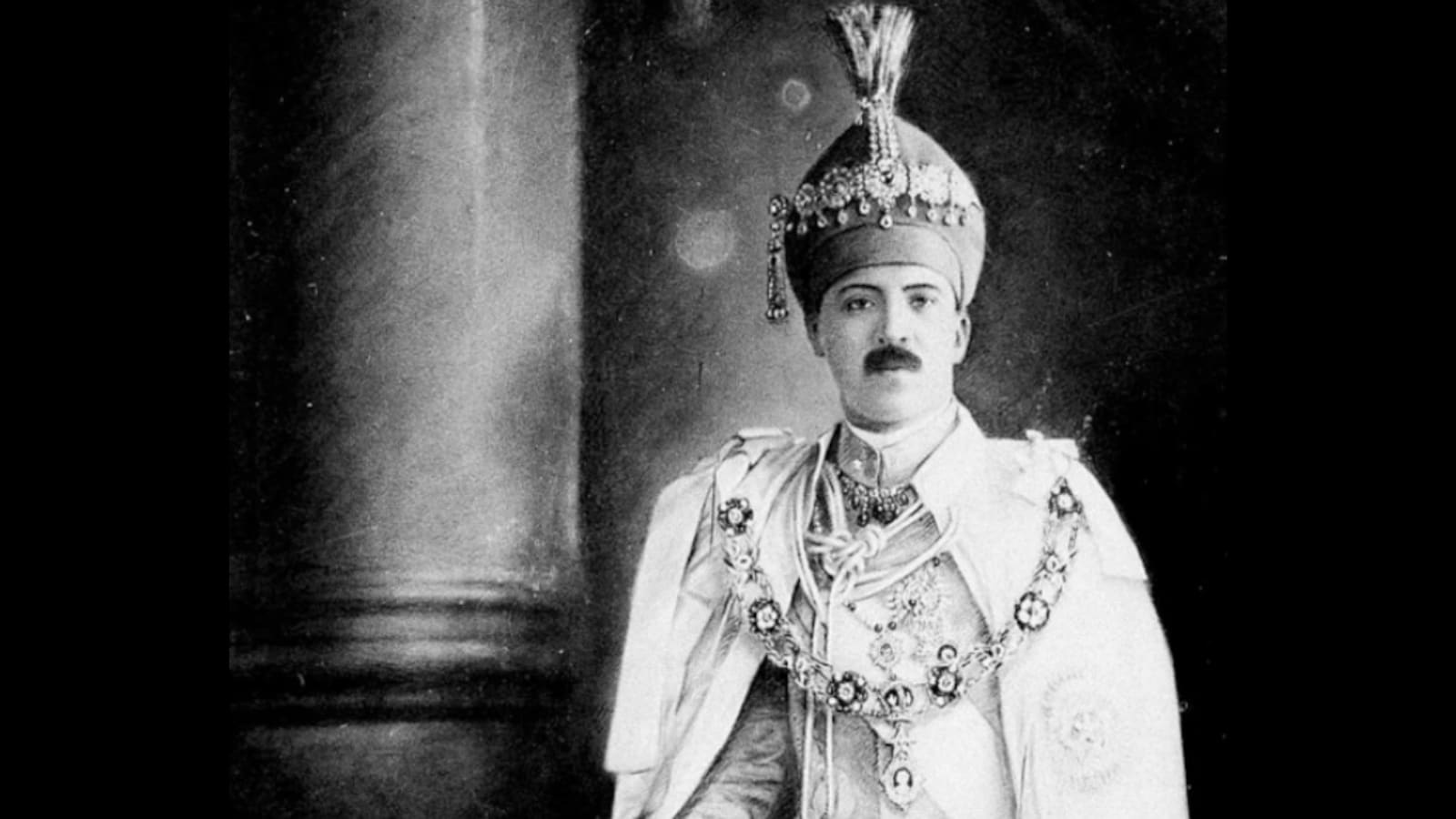Copyright news18

Mir Osman Ali Khan, the seventh Nizam of Hyderabad, was once the richest man in the world and even graced the cover of America’s Time magazine. Known for his romantic inclinations, one of his most talked-about love stories involved a courtesan from Lucknow named Mumtaz. When the Nizam fell in love with Mumtaz Mahal, he became completely captivated by her. Their romance soon became the talk of the Hyderabad court, even finding mention in reports written by British officials of the time. Although the Nizam married twice, both marriages eventually slipped into indifference, drawing him increasingly toward the court arts, especially music and dance. How Mumtaz Entered The Nizam’s Life Gifted in Sufi music and Thumri, Mumtaz was renowned for her mesmerising voice. Legend has it that in the 1910s, the Nizam heard her perform at a court gathering in Lucknow. So moved was he by her resonant, melancholic singing that he is said to have declared, “This voice should echo through the nights of Hyderabad.” In 1912, when the Nizam was about 26 years old, he met Mumtaz, who was around 16 or 17 at the time. Enchanted by her beauty, manners, and talent, he fell deeply in love with her. Mumtaz was renowned for her soulful singing and dance. When Mumtaz Begum Was Called to Hyderabad A few months later, the Nizam secretly summoned Mumtaz Begum to Hyderabad. A special palatial residence was constructed for her—now known as Mumtaz Manzil—which is registered as a Waqf property in the Afzalganj area of Hyderabad, though it today lies in a dilapidated state. Once she arrived, the Nizam began hosting private evening gatherings with her, featuring Qawwali, Thumri, and Sufi poetry. His affection for her deepened with each passing day. He even commissioned a gold-and-silver-studded necklace for Mumtaz Begum, along with a jewel-encrusted replica of the Kohinoor. It is said that Mumtaz Begum had become one of Lucknow’s most celebrated courtesans. Her patrons included affluent landowners, wealthy merchants, and high-ranking British officials. However, there is no historical evidence of her having any special relationship with anyone before the Nizam. It is believed that many nobles were simply captivated by her talent and fame. British Officers Objected To The Affair A report by the British Resident in 1933 (India Office Records, London) noted, “The Nizam is paying undue attention to a prostitute who sings Sufi ghazals in his private chamber.” The romance unsettled both the Hyderabad court and British officials, who believed that a “head of state” being involved with a kuniz (courtesan) violated “royal decorum.” To them, it was nothing short of an affront to the throne. Despite the disapproval, Mumtaz Begum gradually became central to the Nizam’s life. It is said that whenever he faced political turmoil, he would go directly to Mumtaz, who would calm him by reciting the Sufi couplet: “Love is also worship, if the intentions are pure.” Deeply devoted, the Nizam even established a Waqf trust in her name—the Mumtaz Waqf Estate—under which the surrounding lands and palaces were registered. There Were Gatherings Every Day Although the Nizam never formally bestowed the title of “Begum” on Mumtaz, he had wanted to do so. But both the royal court and the British government strongly opposed it, insisting that elevating a courtesan to such a title would tarnish the crown’s dignity. Mumtaz eventually settled in Hyderabad, and her nightly gatherings with the Nizam became the subject of constant whispers and gossip. Then, in 1940, an order came for Mumtaz Begum to leave the city. Critics accused the Nizam of lacking “political concentration,” claiming he had become so infatuated with her that he was neglecting state affairs. With a heavy heart, the Nizam bid her farewell. A distraught Mumtaz left Hyderabad, and it is said that as she departed, the Nizam uttered only one sentence: “My love will live on as long as you remain, my love.” In his final years, Nizam Osman Ali Khan refused to allow any other woman into his palace. According to his personal secretary, Syed Ahmed, “The Nizam would fall asleep at night listening to recordings of Mumtaz’s old thumri songs.” Historically, the Nizams of Hyderabad often had companions—poets, musicians, or women of foreign origin—who offered them emotional refuge away from politics. Salar Jung Museum records note only that a Waqf property had been granted in the name of a “musician woman,” describing the relationship as platonic, or spiritual. In his later years, Osman Ali Khan wrote, “I have everything—gold, silver, a crown—but not what my heart desires.” His son and successor, Mir Barkat Ali (Mukarram Jah), later reflected, “My father could never fulfill any of his loves to the end, because politics always stood in the way.” Mumtaz’s Two Daughters Some accounts claim that the Nizam eventually brought Mumtaz Begum into his harem, although he never conferred upon her the title of “Begum.” Together, they are said to have had two daughters—the elder, Bachchi Begum, and the younger, Aliya Unnisa Begum, also known as Sultana Begum. Bachchi Begum later became a well-known actress and authored a book on her mother’s life titled Mumtaz Begum of Hyderabad, which revealed many previously unknown facets of this history. Other sources suggest that after leaving Hyderabad, Mumtaz Begum entered another significant relationship. She is believed to have married Nawab Siddiqui Hasan, a landowner from Bhopal, with whom she remained until the end of her life. After this marriage, she sought to live a quiet, private existence. During her years with the Nizam, she enjoyed immense wealth and comfort. However, in later years, the Nizam failed to provide her with adequate financial support, leaving her to face severe financial hardship. Mumtaz Begum’s final days were spent in obscurity and poverty. She died in Bhopal on December 25, 1935, and was buried in a simple grave—its location forgotten for many years until historians rediscovered it.



